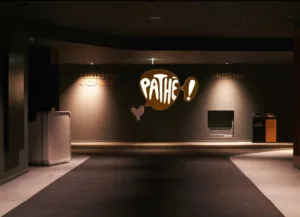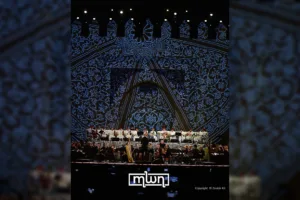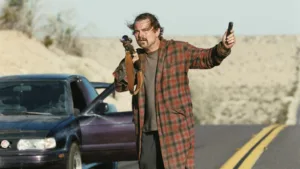The zombies are back, and this time, they’ve had 28 years to fester.
Fez– It’s not every day that a horror franchise gets resurrected with such ambition, and even less often that it comes back with its original dream team.
But Danny Boyle and Alex Garland, the duo behind the legendary “28 Days Later” and “28 Weeks Later”, have returned to remind us why we were afraid of rage-fueled, sprinting undead in the first place.
Their new chapter, “28 Years Later”, crashed into Moroccan cinemas on June 20, 2025, distributed by Film Event Consulting.
And yes, it’s every bit as unrelenting, psychological, and beautifully bleak as fans had hoped.
Let’s be clear: this is not just a reboot or a dusty cash grab. It’s the first film in a “new” trilogy, meant to shake the bones of post-apocalyptic cinema all over again.
The virus mutated. So did the storyline.
In this third installment, we find the UK long gone, ravaged, abandoned, and overrun since the Rage virus escaped a lab 28 years ago.
But life has a way of clinging on, even in the rubble. A small island community fights to build a fragile version of civilization.
That’s where a father and son, probably not fans of comfort zones, decide to venture into the mainland to uncover what’s left of humanity, and maybe themselves.
Boyle doesn’t offer comfort. The film drips with tension, oscillating between unnerving silence and violent chaos.
Forget your usual zombie tropes, “28 Years Later” is more existential road trip than brain buffet.
It’s a film that forces viewers to consider what’s left of our humanity when the world collapses… and what it takes to keep it alive.
The cast: No slackers in the apocalypse
You’ve got Jodie Comer (of “Killing Eve” fame) playing a survivor with nerves of steel and a haunted past.
Aaron Taylor-Johnson brings emotional grit, while Ralph Fiennes, naturally, is the kind of tortured scientist you trust with your life and regret it 10 minutes later.
Add Jack O’Connell, Erin Kellyman, Edvin Ryding, and more, and you’ve got a cross-section of post-humanity trying to keep hope on life support.
Shot on location across Northumberland, Newcastle, and the eerily beautiful Lindisfarne Island, the film is a visual punch to the gut.
Anthony Dod Mantle’s cinematography makes ruined cities look stunning, if you’re into that kind of thing, and the original score by Young Fathers? Think tribal chaos meets digital dread. Perfect for the end of the world.
The next chapter, ominously titled “The Bone Temple”is already in the works for 2026. So consider “28 Years Later” your terrifying reentry into the universe of Rage.
Read also: Morocco’s Historical Encounters with Foreign Powers
















